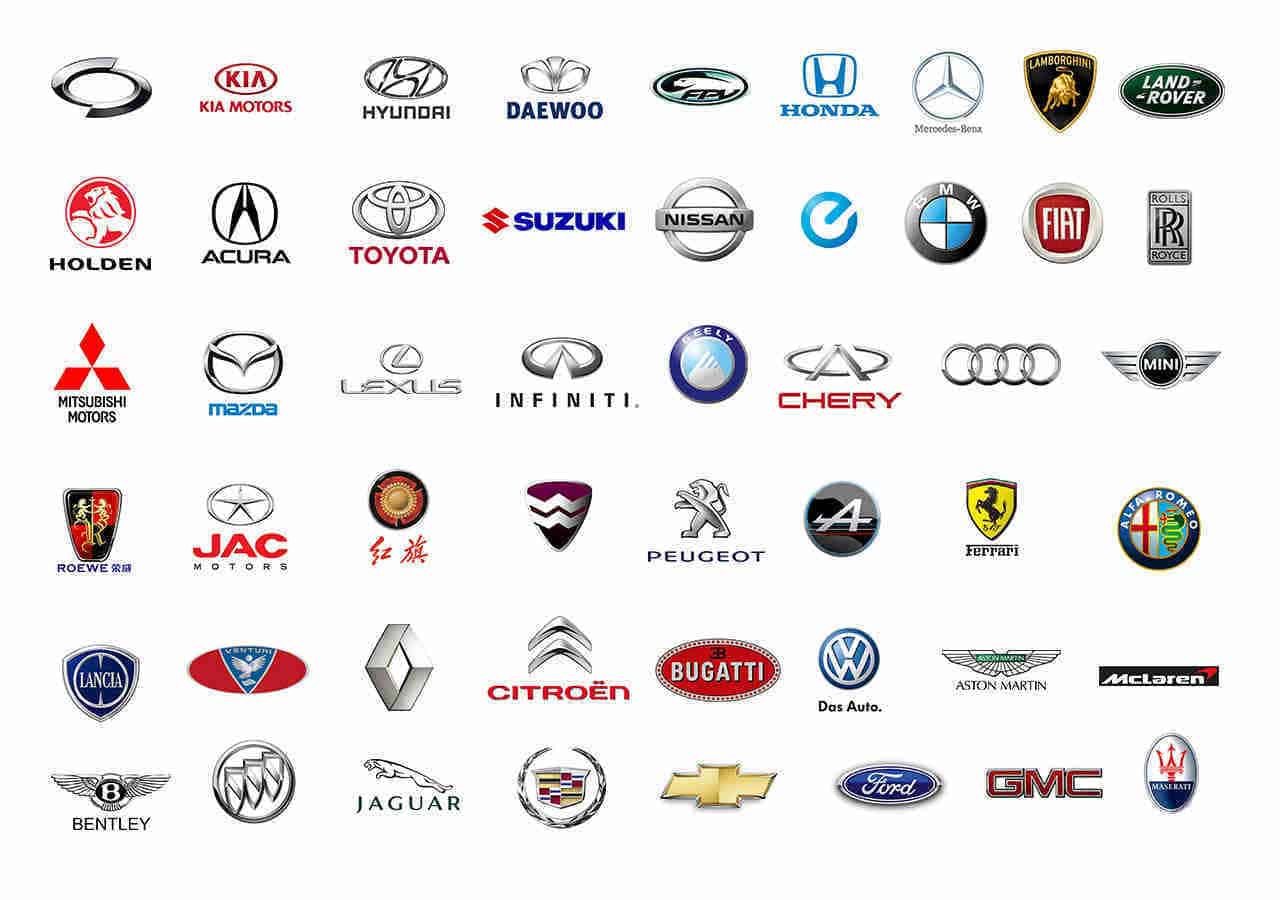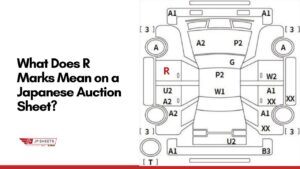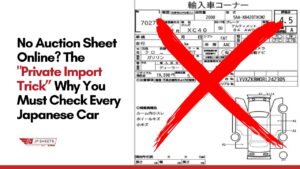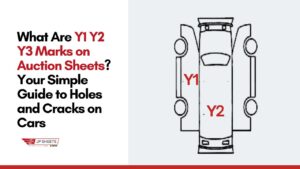Get Auction Sheet Verification
Check Grade, Mileage & Accidental History
Never buy Japanese cars without verifying JP Sheets, we provide 100% authentic reports directly from the auction houses.

Why JP Sheets?
JP Sheets provide online auction report in seconds. 100% verified and direct from Japan auctions. Just enter your chassis number and details we will share your report in seconds.
What You Will Get?

Original Japan Auction Sheet

Original Auction House Images

Vehicle Auction Summary Report

Guide to Read Auction Sheet
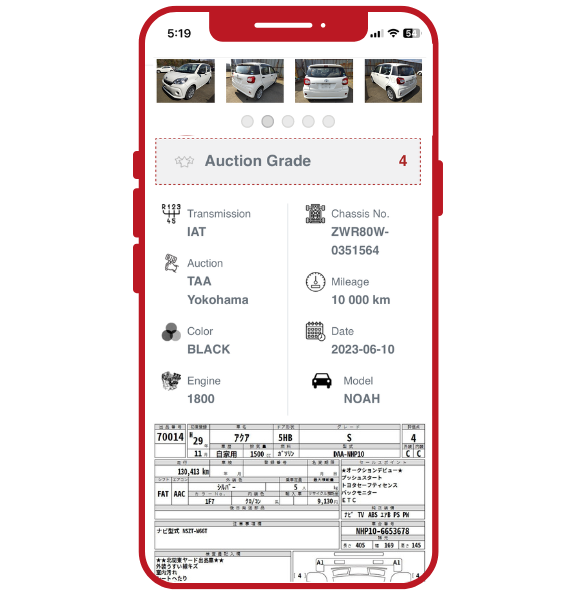
What is JP Sheets?
JP Sheet is the technical name for the official Auction Sheet. Our commitment to authentic car history began decades ago. We have been meticulously saving and archiving these reports since 1982, building a database that now holds millions of Japanese vehicle records.
Our dedicated team of automotive data experts holds a collective experience of over 40 years in decoding and verifying Japanese auction reports. This unparalleled expertise ensures that when you enter your chassis number, you get the most accurate, authentic history instantly.
Learn More About Our History & About Us
What You Will Get in Auction Verification ?
Complete auction house report with summary and images
- Auction Grade
- Original Mileage
- Flood Damage
- Reverse Meter Check
- Airbag Open Check
- Repair & Paint Marks
- Fake Report Check
- Scam and Frauds
- Repair History
- Auction Summary
- Auction Sold Price
- Reading Guide
- Save Money & Life
- Lifetime Report Link
- Direct From Auction House
- 100% Original Auction Report
- Lifetime report access
1 We share exact auction data what we found in the auction house, we didn’t change auction reports or any data.
2 Sometime auction sheet not found or auction record not found, in this cause we need export certificate for finding your auction report. Always ask for auction report not for auction sheet.
3 We have access of Japanese all auctions, and daily adding 10000+ latest vehicle’s in our record to keep updated, our record ratio is 99%. Get your auction sheet verification in Bangladesh and in Pakistan with JP Sheets.
Save Life & Money! Don't Buy Cars Without Verifying JP Sheets

Accidental History
In Japan on average 1 out of 5 cars has been damaged with accident and these cars dealers buy in cheap rates and sell worldwide after repairing, so much check auction sheet online via JP Sheet before buy any Japanese cars. Get complete accidental report online.

Grade & Mileage Check
Every JP Sheets comes with original Grade and mileage. In Japan 99% cars sell in auction houses, and every auction house inspect cars with grading like 4.5 grade, 4 grade and so on. Interior and exterior grade both mentioned in JP sheets with vehicles original mileage.

Record Not Found?
Auction sheet record not found? Don't worry we will get it for you. Not found mean auction not want to share data so we will request them manually with your export certificate. 95% we always find not found auction sheet and your auction record with pictures or data. Manually record comes with different informations.

Repair & Auction Records
Before buy check your JP Sheets and find our repair, dents, painted cars and check your vehicles is water damage or not. We have complete auction history available even if your vehicle have more then one time in auction house. Check replaced parts of your vehicles before buy.
Save Life & Money! Don't Buy Cars Without Verifying JP Sheets

Accidental History
In Japan on average 1 out of 5 cars has been damaged with accident and these cars dealers buy in cheap rates and sell worldwide after repairing, so much check auction sheet online via JP Sheet before buy any Japanese cars. Get complete accidental report online.

Grade & Mileage Check
Every JP Sheets comes with original Grade and mileage. In Japan 99% cars sell in auction houses, and every auction house inspect cars with grading like 4.5 grade, 4 grade and so on. Interior and exterior grade both mentioned in JP sheets with vehicles original mileage.

Record Not Found?
Auction sheet record not found? Don't worry we will get it for you. Not found mean auction not want to share data so we will request them manually with your export certificate. 95% we always find not found auction sheet and your auction record with pictures or data. Manually record comes with different informations.

Repair & Auction Records
Before buy check your JP Sheets and find our repair, dents, painted cars and check your vehicles is water damage or not. We have complete auction history available even if your vehicle have more then one time in auction house. Check replaced parts of your vehicles before buy.
Why Check Auction History Before Buying? Avoid Scams & Hidden Problems

🚗💥 Accident Car as "New"
Dealers and sellers buy accidental cars from auctions and sold as a brand new after fixing it. We can provide your true Japan history.

🛞 Mileage Rollback Scam
Dealers and sellers buy high mileage cars from auctions then reverse meter and sold as a low mileage car. We provide original mileage.

⚠️ Critical Warning Signs
We provide report with original auction grades. if seller manipulate original grades like X(Accidental) with 5 grade, we tell the true grades..
Auction Sheet Verification in 30+ Countries
At JP Sheet, we provide trusted auction sheet verification services to customers all around the world. Today, our network proudly serves car buyers and importers in more than 30 countries. In Asia, we work with customers in Pakistan, Sri Lanka, Bangladesh, Japan, Malaysia, Mongolia, Myanmar, Maldives, Afghanistan, Qatar, Oman, Saudi Arabia, and the United Arab Emirates. In Africa, our services are available in Kenya, Tanzania, and Mauritius. Across Europe, we help people in the United Kingdom, Ireland, Cyprus, Germany, Russia, and Turkey. In Oceania, we support buyers in Australia and New Zealand, while in the Americas we assist clients in the United States, Canada, and Trinidad & Tobago. We also extend our services to regions like Hong Kong.
Wherever you are, JP Sheet ensures that you can easily verify your Japanese car’s auction sheet in seconds.
Frequently Asked Questions
What Payment Methods for Verification?
What information is provided in the JP Sheet Verification?
After Payment how i can get report?
How to Read Auction Sheet?
How to Check and Verify Auction sheet of Japanese Car?
How to Translate Japanese Auction Sheet to English?
Verification Service is Free or Paid?
Trusted by Car Buyers Worldwide
Read real feedback from our customers who found the true history of their imported vehicles.
